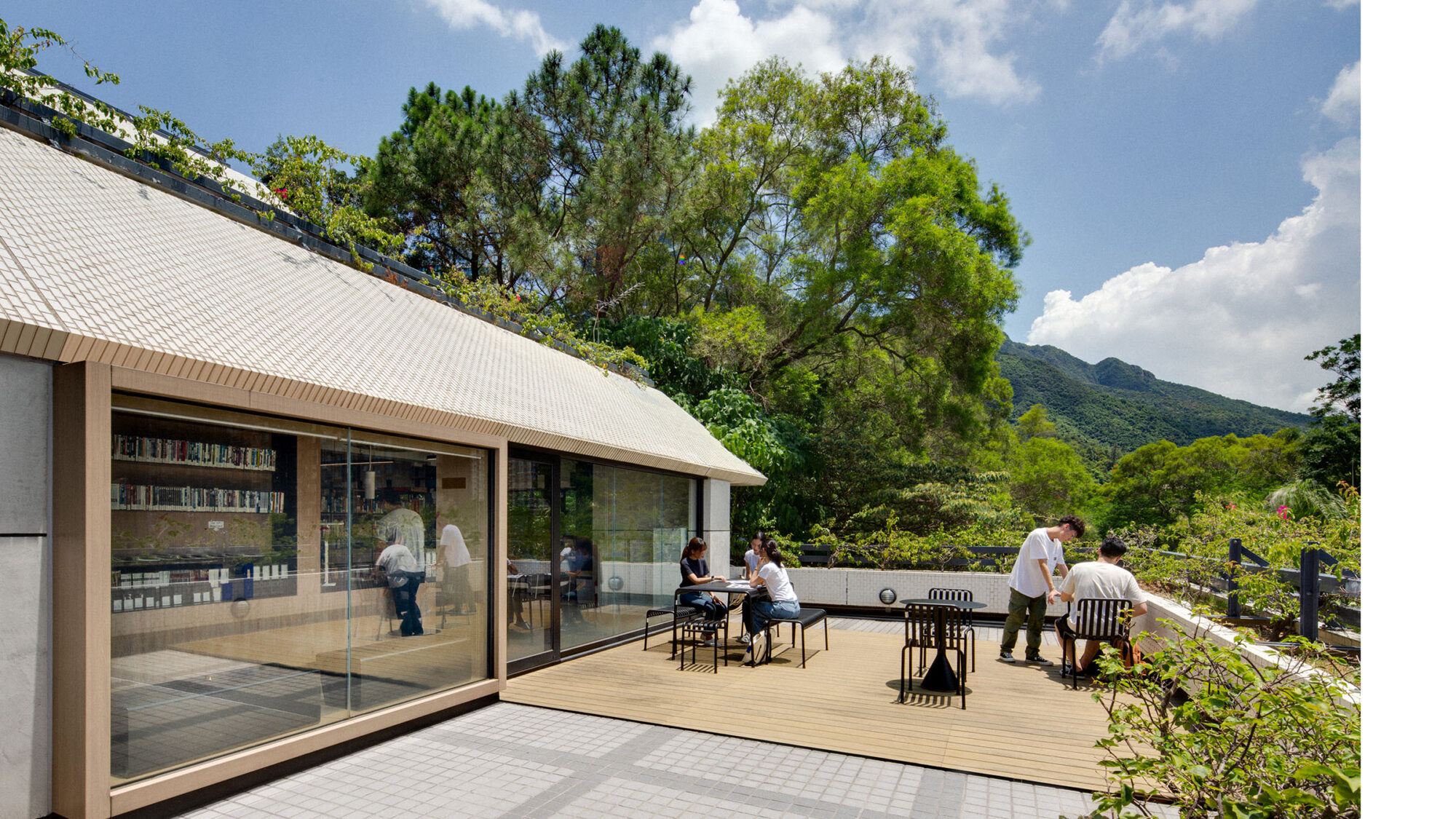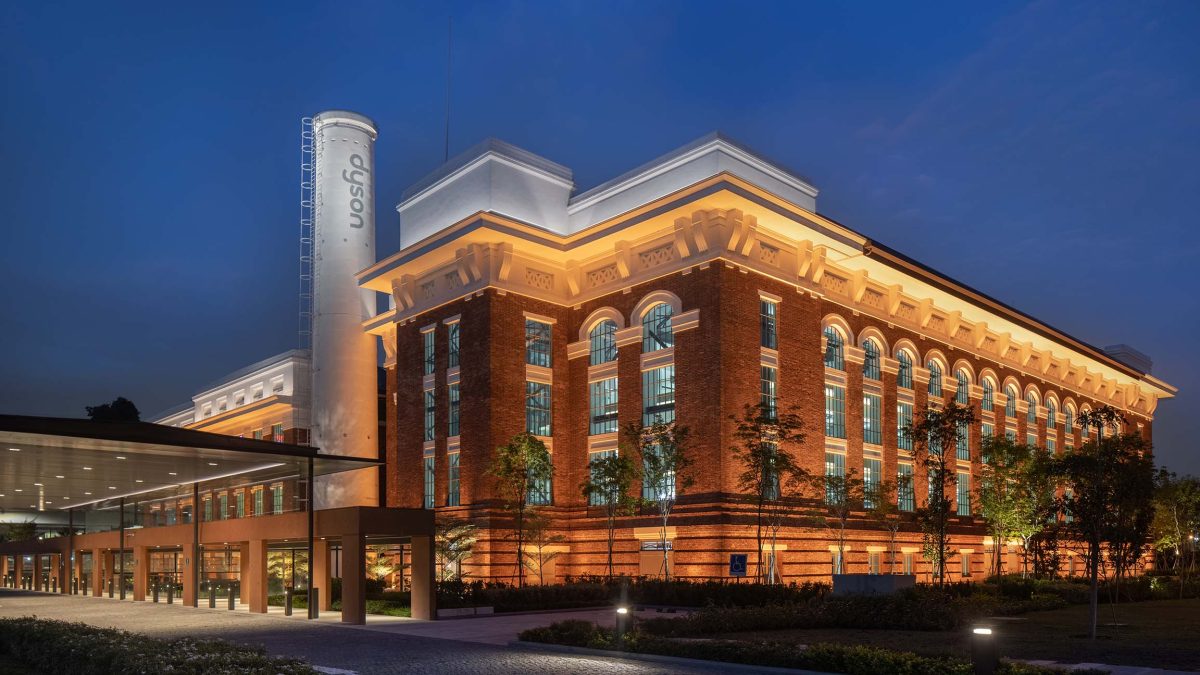









 Retaining existing partitions and repurposing existing materials at Miro, Amsterdam
Retaining existing partitions and repurposing existing materials at Miro, Amsterdam In today’s world, where people are becoming more environmentally conscious, adopting practices that minimise our environmental impact is crucial. We can make a significant difference by embracing circular design principles and using more sustainable materials.
This article explores the concept of circularity in office design and the benefits of selecting sustainable materials. We also take a look at how M Moser can help you make responsible material choices and highlight some examples from our latest projects.
Circular design involves reimagining the entire lifecycle of a product, from its initial conception to its eventual disposal. Based on the principles of the circular economy, circular design is an approach that aims to create products, systems and processes that can be reused or repurposed instead of discarded after fulfilling their initial use.
 Design concepting at M Moser London
Design concepting at M Moser London  Materials library at M Moser New York
Materials library at M Moser New York The built environment significantly impacts the planet, accounting for 39% of global carbon emissions and consuming over 3 billion tonnes of raw materials annually. The industry’s historic “take-make-use-dispose” approach has led to rising carbon emissions, increased landfill waste and widespread pollution.
As such, sustainable materials are coming into focus and play a crucial role in responsible and circular approaches. Building on experience, we’ve discovered the power of repurposing buildings, reusing materials and embracing recycled items and more durable materials.
While we’re already making strides towards a circular economy, the journey is just beginning. In this article, we highlight how we’re integrating sustainable materials into the project process and share some of examples of where we’ve put this into practice.
 Carefully selecting healthy materials at Dyson, Singapore contributes to a WELL Platinum target at its new headquarters
Carefully selecting healthy materials at Dyson, Singapore contributes to a WELL Platinum target at its new headquarters
Designing workplaces that prioritise sustainable materials offers several benefits, both for the environment and for people. Here are some key advantages of using sustainable materials in office design:
Waste reduction: Producing new materials has a high environmental impact through energy and resource consumption. By reusing materials, we can reduce the overall ecological footprint of a building, save natural resources and reduce waste sent to landfill.
Cost-effectiveness: Reusing materials can be cost-effective, especially when salvaging items from existing structures.
Durability support: Many materials, such as aluminium, steel and glass can be recycled multiple times without losing quality. Reusing or recycling these materials can result in a more durable and longer-lasting building.
Unique aesthetic: Reused materials often carry a distinct character and story, representing a history that people can connect with. This unique aesthetic cannot be replicated with new materials, resulting in a building with a one-of-a-kind look.
Preservation of cultural heritage: Reusing materials from historic buildings helps preserve the cultural heritage of a region, particularly in areas with a rich architectural history. The community often values this approach as it helps new interventions fit with existing structures.
 Architectural renewal & urban sustainability at Dyson, Singapore
Architectural renewal & urban sustainability at Dyson, Singapore  Highlighting original character by maintaining existing materials at DBO Partners, New York
Highlighting original character by maintaining existing materials at DBO Partners, New York We are committed to helping our clients make responsible material choices and embrace circular design principles. Our process includes the following:
Sustainability goals: We explore our clients’ vision for a more environmentally conscious workplace and carry this through the project by embedding our sustainability expertise within our design and construction teams.
Material audit: We examine existing materials, fixtures and furnishings to determine what to retain and upcycle, reducing the need for new materials.
Responsible sourcing: We identify sources of quality pre-loved or repaired furniture, minimising the need for new items.
Specification of sustainable materials: We specify materials, fixtures and furniture with high durability and recyclability to ensure long-term sustainability.
End-of-use plan: We can develop an end-of-use plan for items and negotiate take-back or storage contracts for temporary or no-longer-used items. We also encourage manufacturers to offer take-back programs.
Aftercare support: Our aftercare team assists with minor space adjustments, furniture issues, facilitating repairs or recycling items.
 Creating a LEED Gold certified and WELL Gold targeted space at Peak Re, Hong Kong
Creating a LEED Gold certified and WELL Gold targeted space at Peak Re, Hong Kong We’ve successfully implemented circular design and adaptive reuse principles across many of our projects and in our own living labs:
By repurposing St James’ Power Station in Singapore, a former industrial building, we worked with Dyson to create a sustainable, human-centred headquarters. Healthy materials and daylight simulation address wellness while advancing Dyson’s target for WELL Platinum. Engineered to a Green Mark Platinum standard, the design leverages smart building technologies and energy reduction strategies.
M Moser living lab, Amsterdam
Circularity was a core component of this project. There was a significant emphasis on reusing materials, including the original parquet flooring, joinery and repurposing worktops from other spaces. This helped us preserve the history of the original building – a former piano workshop and concert hall that lends its character to the space.
In this historic building in Stadhouderskade, we retained the existing partitions and repurposed materials. For example, we restored the flooring and kept the existing bar, renewing the worktop, joinery and lighting. Where new materials were needed, we chose sustainable options such as a fungi mycelial floor for the bar area. Furniture is on lease to allow Miro to evolve and adapt as a growing company.
 Restoring the flooring and keeping the existing bar at Miro, Amsterdam
Restoring the flooring and keeping the existing bar at Miro, Amsterdam At M Moser we continue to strive towards our sustainability goals. We’re not there yet, but we’re making progress every day:
Creating environmentally conscious workplaces is a responsibility we all share. By embracing circular design principles and using sustainable materials, we can minimise our environmental impact and promote a more sustainable future. At M Moser, we are committed to guiding clients on their sustainability goals and implementing cultural changes in how we think about and work with space. Through our integrated process and expertise in sustainable design, we can help you create a workplace that aligns with your sustainability efforts and helps reduce environmental impact.
For more on circularity and sustainable materials in the workplace reach out to us.
Associate Director. Sustainability